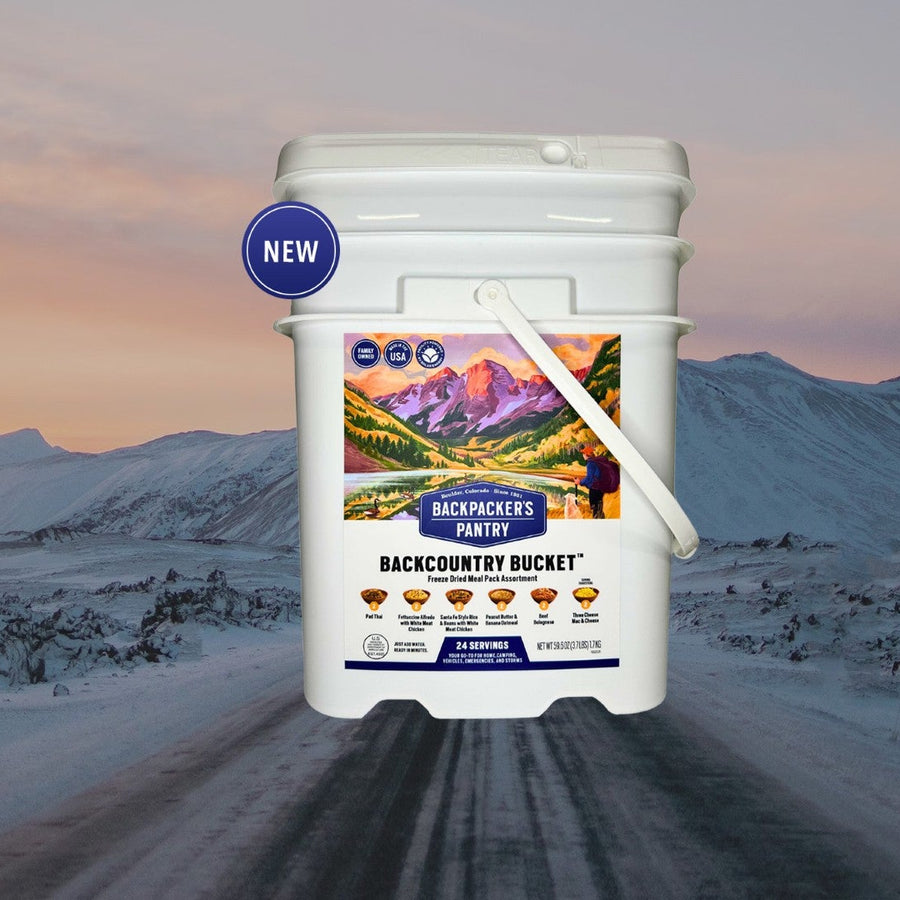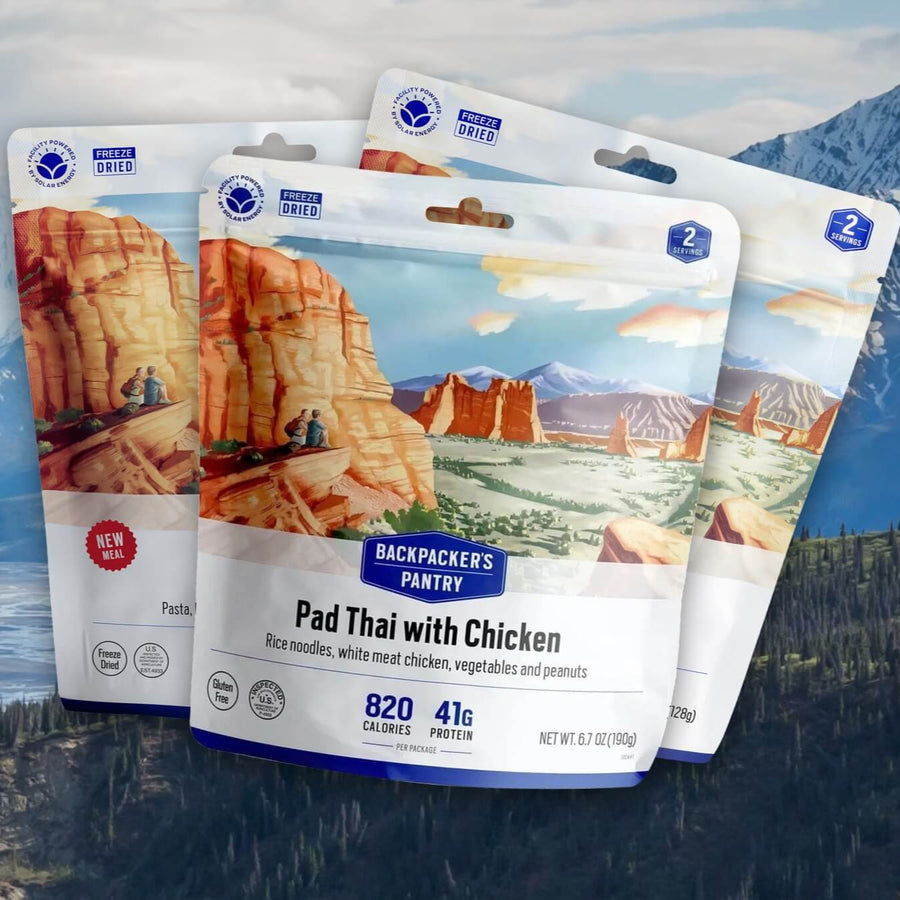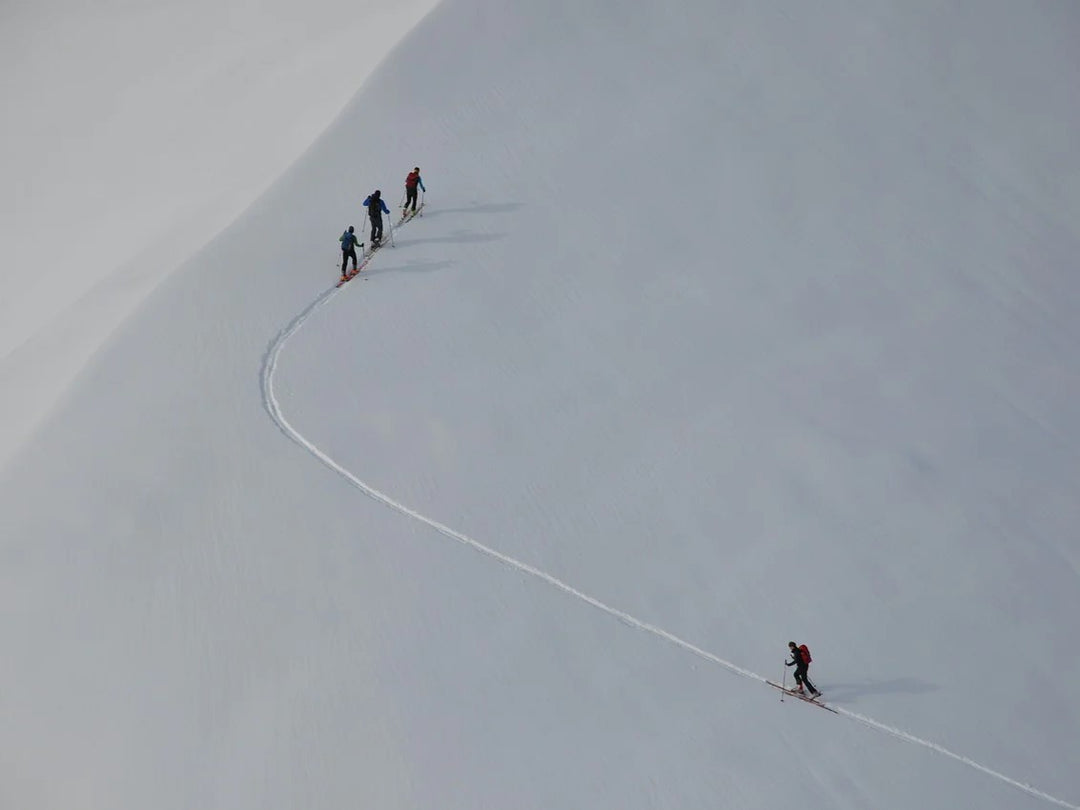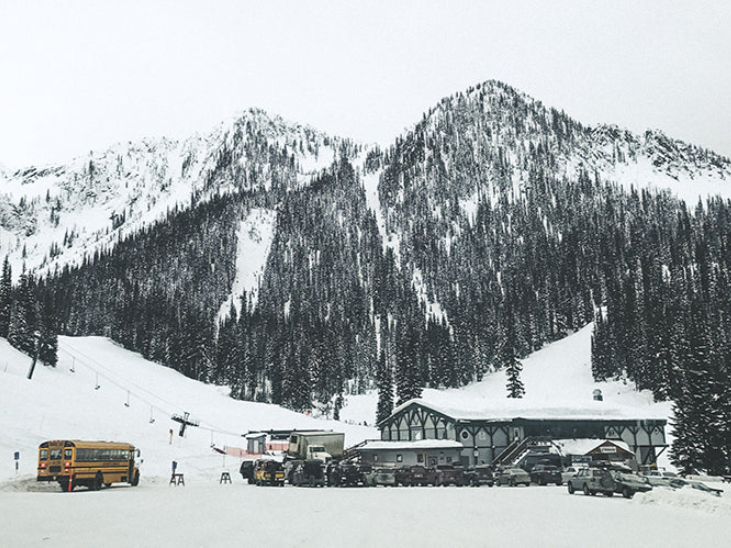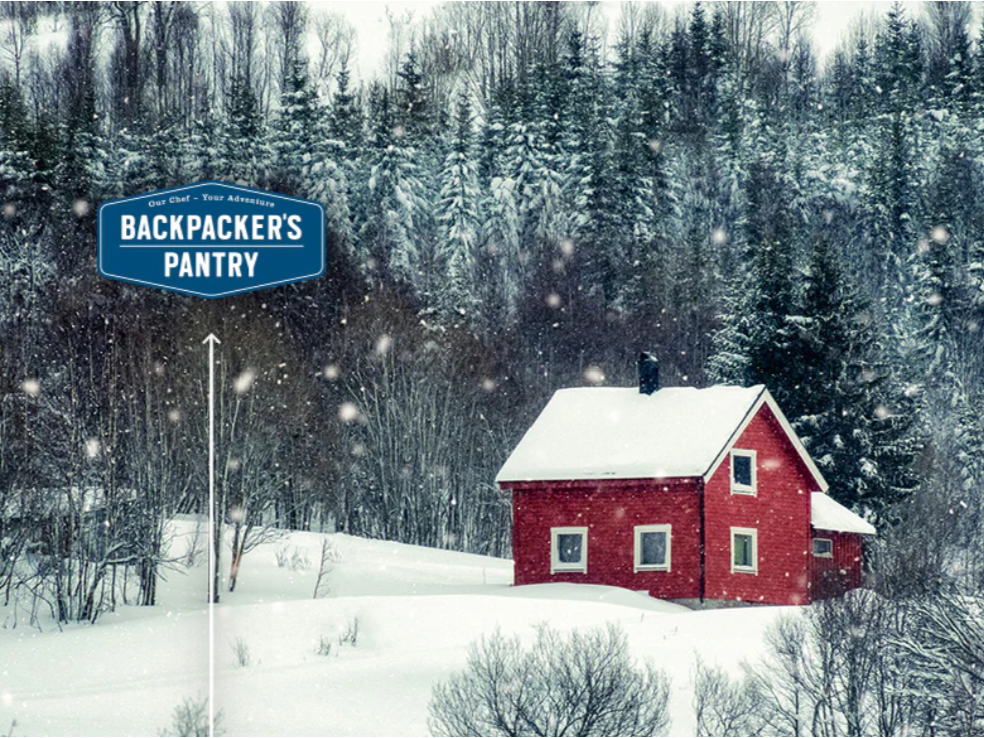The Beginner's Guide to Winter Camping

Winter Camping Basics
Winter camping is a great way to find peace and solitude in the outdoors. These tips will help you stay comfortable and safe during your cold-weather outdoor adventure.
What to Bring
The right gear will make you much more comfortable and reduce the risk of accidents, injuries and hypothermia. During the winter, it's important to dress in layers. This way, you can overdress and strip away articles as necessary. You can then add them again once your body starts to cool down. Choose a thick stocking hat that fits well. Consider mittens instead of gloves and just pull them off briefly when you need to manipulate small items. Always bring more clothing than you think you will need.
Your boots will need to be both waterproof and warm. The last thing you want is wet feet and numb toes. If you only own a pair of light hiking boots, you can purchase a cheap pair of snowmobile/moon boots. While warmth is the primary consideration, make sure they are durable enough for your trip and fit well enough to prevent blisters. Avoid stuffing extra socks into loose boots, since this can cut off circulation and make your feet colder.
A good three-season tent is usually adequate unless you expect high winds or heavy snow. Bring along a winter sleeping bag or, if you have to, double up two three-season bags. If you need to warm the interior of your tent, a canister or alcohol stove should do just fine. For cartridge stoves, use isobutane instead of 80/20 butane/propane canisters, and warm up your cartridges inside your sleeping bag before using your stove.
Be sure to bring a reliable headlamp with fresh batteries. You also don't want to forget sunscreen, since reflective snow can increase the intensity of sunlight during the winter.
Setting Up Camp
Start by choosing a sheltered area that's not far from the road in case things go wrong. Find a spot with plenty of available firewood; even if you don't plan to start a fire, you need the option in case you get wet or suffer from hypothermia. Camp near open water whenever possible, so you won't have to spend too much time melting snow. If you do plan to melt snow for water, expect to use three times the amount of fuel you would typically use for summer camping.
When camping on snow, thoroughly stomp out a flat platform using snowshoes, skis, a shovel or your boots. Let the area harden before attempting to pitch your tent. Make sure your tent is securely staked out so it will hold up to high winds. Use snow stakes instead of standard tent stakes, which don't work well in snow.
When Hiking
If the snow is less than a foot, you shouldn't need snowshoes or skis. That said, you should consider wearing gaiters to keep snow out of your socks. As you hike, regularly turn around to survey your route. This will make it easier to recognize the way out if wind or snow covers your tracks.
Try to anticipate upcoming temperature changes and stay ahead of them by proactively adding or removing layers. For instance, if you are nearing an ascension, strip away layers. On the other hand, if you are nearing an open, windy space at the top of a ridge, add layers.
Stay on the trail when possible and move slowly and carefully to avoid any obscured hazards just beneath the snow. Be sure to drink plenty of water and consume extra calories to keep your body warm.
Once you return to camp, layer up your clothing to preserve the heat you generated while hiking.
Important Considerations.
During the winter, it's especially important to know the weather forecast before you go. Don't get surprised by a sudden storm, wind or thaw that will create soaking wet conditions. It's also critically important to avoid getting wet since this can rapidly lead to hypothermia. If you do get wet, return to camp immediately and warm up next to a fire or the portable heater in your tent.
Backpacker's Pantry provides ready-to-eat, lightweight camping food for short hikes, extreme adventures and everything in between. Browse our nutritious, gourmet food for the trail.
